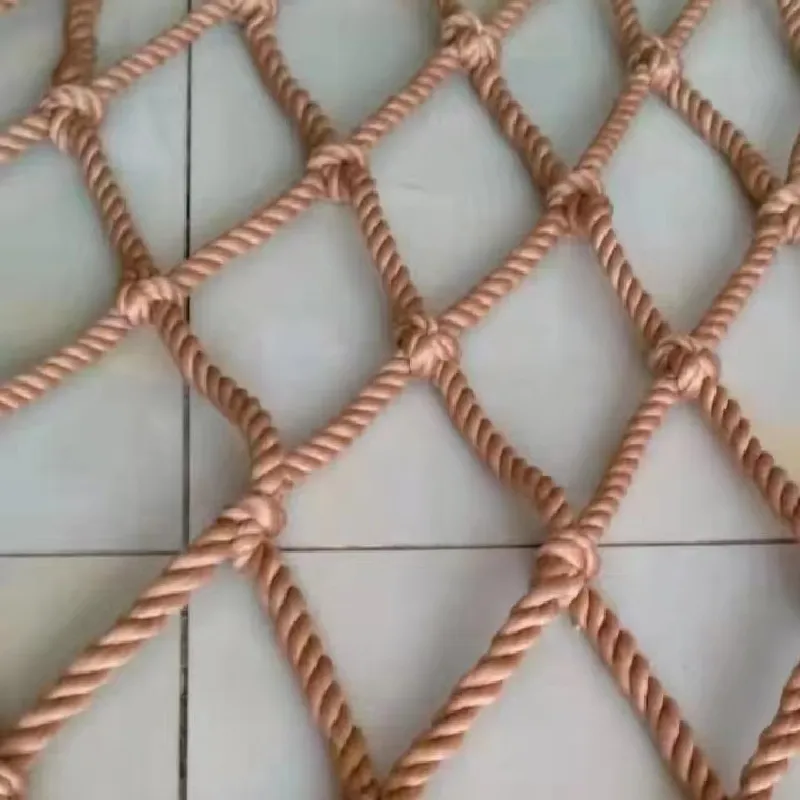-
 Afrikaans
Afrikaans -
 Albanian
Albanian -
 Amharic
Amharic -
 Arabic
Arabic -
 Armenian
Armenian -
 Azerbaijani
Azerbaijani -
 Basque
Basque -
 Belarusian
Belarusian -
 Bengali
Bengali -
 Bosnian
Bosnian -
 Bulgarian
Bulgarian -
 Catalan
Catalan -
 Cebuano
Cebuano -
 China
China -
 Corsican
Corsican -
 Croatian
Croatian -
 Czech
Czech -
 Danish
Danish -
 Dutch
Dutch -
 English
English -
 Esperanto
Esperanto -
 Estonian
Estonian -
 Finnish
Finnish -
 French
French -
 Frisian
Frisian -
 Galician
Galician -
 Georgian
Georgian -
 German
German -
 Greek
Greek -
 Gujarati
Gujarati -
 Haitian Creole
Haitian Creole -
 hausa
hausa -
 hawaiian
hawaiian -
 Hebrew
Hebrew -
 Hindi
Hindi -
 Miao
Miao -
 Hungarian
Hungarian -
 Icelandic
Icelandic -
 igbo
igbo -
 Indonesian
Indonesian -
 irish
irish -
 Italian
Italian -
 Japanese
Japanese -
 Javanese
Javanese -
 Kannada
Kannada -
 kazakh
kazakh -
 Khmer
Khmer -
 Rwandese
Rwandese -
 Korean
Korean -
 Kurdish
Kurdish -
 Kyrgyz
Kyrgyz -
 Lao
Lao -
 Latin
Latin -
 Latvian
Latvian -
 Lithuanian
Lithuanian -
 Luxembourgish
Luxembourgish -
 Macedonian
Macedonian -
 Malgashi
Malgashi -
 Malay
Malay -
 Malayalam
Malayalam -
 Maltese
Maltese -
 Maori
Maori -
 Marathi
Marathi -
 Mongolian
Mongolian -
 Myanmar
Myanmar -
 Nepali
Nepali -
 Norwegian
Norwegian -
 Norwegian
Norwegian -
 Occitan
Occitan -
 Pashto
Pashto -
 Persian
Persian -
 Polish
Polish -
 Portuguese
Portuguese -
 Punjabi
Punjabi -
 Romanian
Romanian -
 Russian
Russian -
 Samoan
Samoan -
 Scottish Gaelic
Scottish Gaelic -
 Serbian
Serbian -
 Sesotho
Sesotho -
 Shona
Shona -
 Sindhi
Sindhi -
 Sinhala
Sinhala -
 Slovak
Slovak -
 Slovenian
Slovenian -
 Somali
Somali -
 Spanish
Spanish -
 Sundanese
Sundanese -
 Swahili
Swahili -
 Swedish
Swedish -
 Tagalog
Tagalog -
 Tajik
Tajik -
 Tamil
Tamil -
 Tatar
Tatar -
 Telugu
Telugu -
 Thai
Thai -
 Turkish
Turkish -
 Turkmen
Turkmen -
 Ukrainian
Ukrainian -
 Urdu
Urdu -
 Uighur
Uighur -
 Uzbek
Uzbek -
 Vietnamese
Vietnamese -
 Welsh
Welsh -
 Bantu
Bantu -
 Yiddish
Yiddish -
 Yoruba
Yoruba -
 Zulu
Zulu
Choosing the Right Bolting Cloth for Effective Screen Printing Techniques and Results
Understanding Bolting Cloth for Screen Printing
Screen printing is a widely used technique in the textile and graphic industries, allowing for vibrant and durable designs. One crucial component that influences the quality of screen printing is the material known as bolting cloth. This specialty fabric plays a significant role in transferring ink onto various substrates, and understanding its characteristics can greatly enhance the printing process.
What is Bolting Cloth?
Bolting cloth is a fine mesh fabric made from synthetic fibers, typically polyester or nylon, though it can also be constructed from other materials. This type of cloth is primarily used in various applications that require a separation or filtration function, but it has found a significant application in the screen printing realm. Its mesh structure, with specific thread counts and openings, allows for precise control over the ink volume, resulting in cleaner and more detailed prints.
The term bolting historically relates to the process of sieving flour; bolting cloth was used to filter fine particles for baking. In modern industry, it has evolved into a versatile tool for screen printing, where the mesh can be tailored to suit different printing needs.
Specifications and Mesh Count
When selecting bolting cloth for screen printing, one of the key specifications to consider is the mesh count. This refers to the number of threads per square inch and directly affects the texture and appearance of the printed design. Higher mesh counts (typically 200-400) are ideal for finer details and intricate designs, as they allow less ink to pass through, resulting in sharper images. Conversely, lower mesh counts (below 110) are suitable for larger, more solid areas of color, as they allow more ink to flow through, creating a bolder print.
Choosing the right mesh count also depends on the type of ink being used. For instance, water-based inks generally require higher mesh counts due to their viscosity, while plastisol inks, which are thicker, might be better suited to lower counts.
bolting cloth for screen printing

Durability and Maintenance
Bolting cloth is designed to withstand multiple print runs, making it a durable choice for screen printers. However, proper care and cleaning are vital to maintain its integrity and longevity. All ink-based materials should be cleaned off screens immediately after printing to prevent clogging. Many printers use specialized cleaning solutions that help break down ink residues without damaging the mesh.
Additionally, storing bolting cloth properly—ideally rolled and in a controlled environment—ensures that the mesh remains taut and free from wrinkles, which can compromise print quality.
Applications Beyond Screen Printing
While bolting cloth is primarily associated with screen printing, its applications extend far beyond. In industries such as food processing, pharmaceuticals, and even mining, bolting cloth is utilized for sieving, filtering, and grading particulate materials. Its adaptability and customization options allow it to serve a diverse range of functions, proving its importance in both industrial and artistic contexts.
Conclusion
Bolting cloth is an essential element in the screen printing process, offering versatility, durability, and precision. By understanding the properties of bolting cloth, including mesh count and applications, printers can optimize their work, achieving stunning results that stand the test of time. As technology and materials continue to evolve, bolting cloth remains a cornerstone of quality in screen printing, proving that the right tools can dramatically enhance creative expression. Whether for a small business or a large-scale industrial application, selecting the appropriate bolting cloth is a crucial step in achieving the desired printing outcomes.
-
Shipping Plastic Bags for Every NeedNewsJul.24,2025
-
Safety Netting: Your Shield in ConstructionNewsJul.24,2025
-
Plastic Mesh Netting for Everyday UseNewsJul.24,2025
-
Nylon Netting for Every UseNewsJul.24,2025
-
Mesh Breeder Box for Fish TanksNewsJul.24,2025
-
Expanded Steel Mesh Offers Durable VersatilityNewsJul.24,2025











